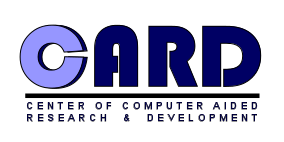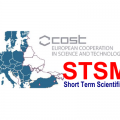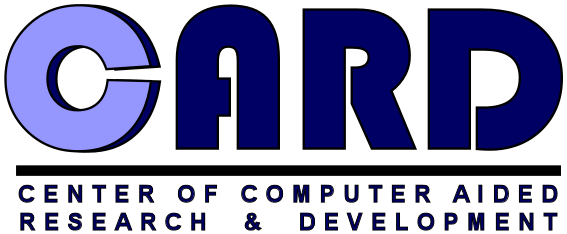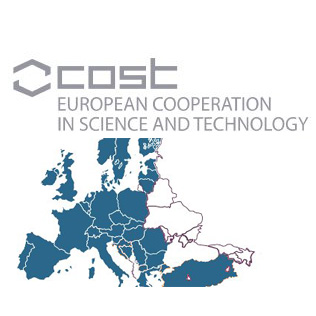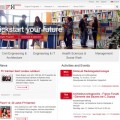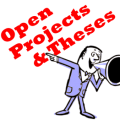STSM – Short Term Scientific Mission
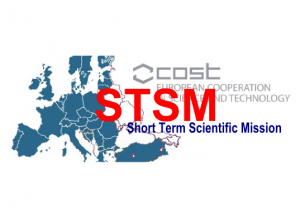
COST strives to support European scientists in their networking activities. Short-Term Scientific Missions (STSMs) allow scientists to learn from an institution or laboratory in another COST country – a concept of particular interest to young scientists.
Short-term scientific missions (STSM) are exchange visits between researchers involved in a COST Action, allowing scientists to visit an institution or laboratory in another COST country. They are aimed at fostering collaboration, sharing new techniques and infrastructure that may not be available in other participants’ institutions or laboratories. STSM are intended especially for young researchers.
About STSM
Increasing collaboration is important to make Europe more competitive. Exchanging ideas and knowledge across borders leads to more successful projects. In the future this will make markets stronger and put European scientists at the forefront of worldwide technological innovation.
“Short-Term Scientific Missions are the best instrument COST has. We had three exchange visits which resulted in three papers. STSMs help research and support integration and collaboration,” explains Prof. Dr Jaap Keijer from Wageningen University in the Netherlands.
STSMs can vary from one week to three months and up to six months for Early Stage Researchers. Applicants must be engaged in a research programme in an institution from a COST country which must have accepted the Memorandum of Understanding (MoU) of the Action concerned. Both home and host institution should be in a COST country which has accepted the MoU and has participated in the COST Action. The average contribution for a mission is a fixed grant based on the applicant’s budget request and the decision from the relevant assessment committee. It will normally not exceed EUR 2500 (EUR 3500 for Early Stage Researchers).
Exchanging Knowledge
Mirosław Klinkowski, from Universitat Politècnica de Catalunya in Barcelona, was one of many researchers who took part in an STSM for COST Action 293 Graphs and Algorithms in Communication Networks. He visited the Warsaw University of Technology with a goal to define the network scenario. “In particular, we needed to recognise the physical effects of transmission performance and specify optimisation objectives,” he says.
Another example of how exchanging knowledge has a positive effect on research development was provided by Ignasi Sau. He is from the Institut National de Recherche en Informatique et en Automatique (INRIA) in Sophia-Antipolis in France, and his host Shmuel Zaks, from the Computer Science Department of Technion in Israel. They are both active researchers in traffic grooming. This is the process of grouping many small telecommunications flows into larger units, which are then processed as single entities.
Professor Sau gave a seminar on his current research in his department. “The aim of the visit was to follow the study of grooming problems, combining both graph theoretical and algorithmic approaches,” he explains. “During the first days, it was valuable to exchange latest results with respective research groups and discuss problems”.
Working Together
Enhancing further collaboration is also an important aspect of these Short-Term Scientific Missions. Vincenzo Bonifaci, from the University of Rome La Sapienza in Italy, was invited to the Technical University in Eindhoven, the Netherlands, to investigate the problem of gathering data in a packet radio network. The results were more prosperous than expected. “As well as making a single journal version by unifying the results, we also discussed possible future collaboration on related problems with another partner involved in the project,” said the researcher.
COST continues to see very positive results stem from these missions. Thanks to its flexible and bottom-up approach, researchers across Europe are working together to show impressive results in a short period of time.
